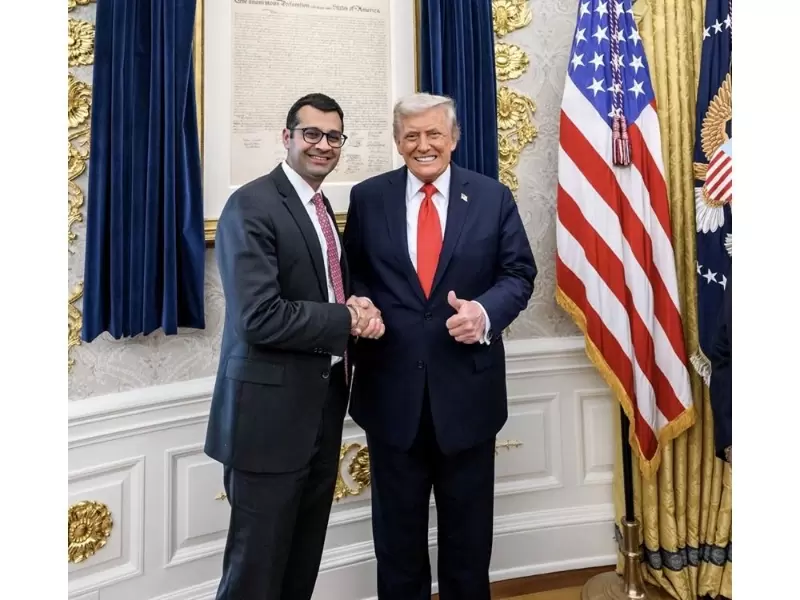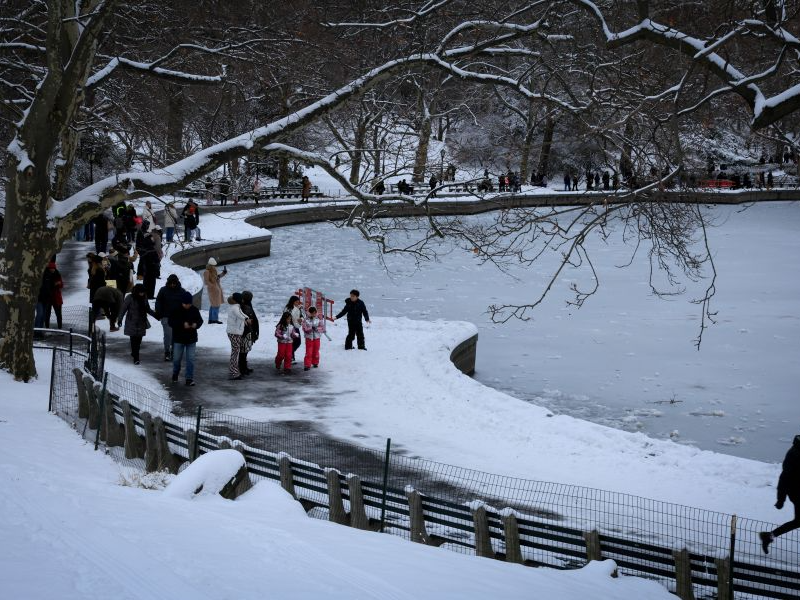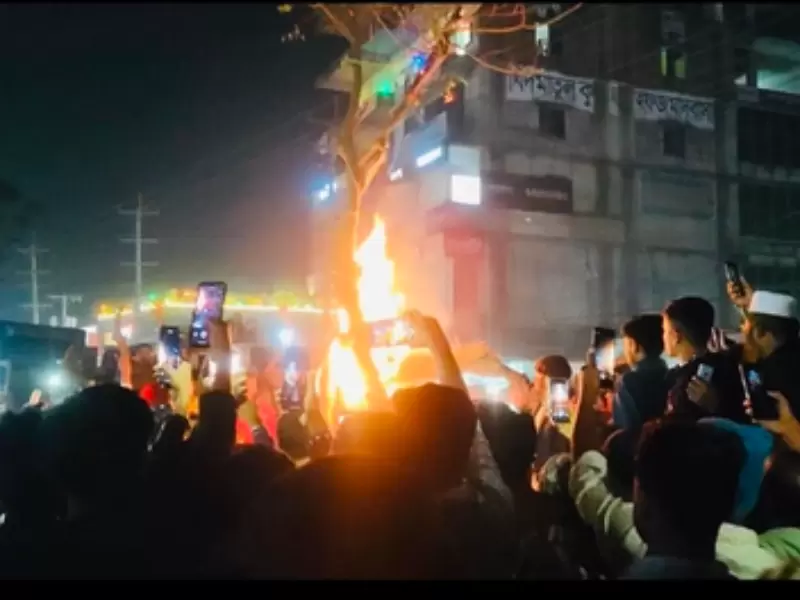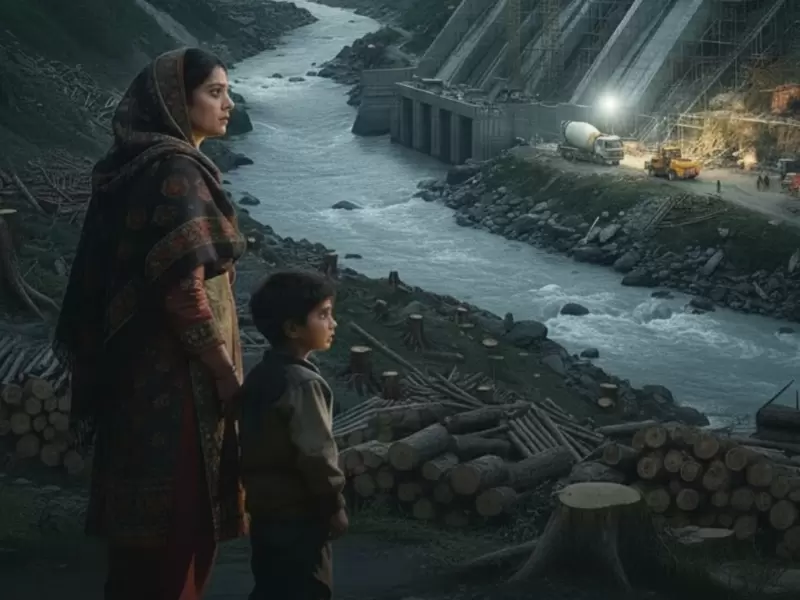रोमांस... जो बरसों की जुदाई बाद भी जीवित रहा
11 फरवरी 1993 को कमाल अमरोही ने अंतिम सांस ली। उन्हें मीना कुमारी के बगल में ही दफ्नाया गया। और 21 साल बाद चंदन और उसकी मंजू फिर से एक हो गए। इस बार हमेशा के लिए।
 हिंदी फिल्मों की ट्रेजेडी क्वीन मीना कुमारी। / Image : Wikipedia
हिंदी फिल्मों की ट्रेजेडी क्वीन मीना कुमारी। / Image : Wikipedia
वह अशोक कुमार थे जिन्होंने 1952 की रोमांटिक कॉमेडी 'तमाशा' के सेट पर मीना कुमारी को कमाल अमरोही से मिलवाया था। अमरोही के लिए मीना कुमारी ने पहले (बचपन में तस्वीर देखकर) जो आकर्षण महसूस किया था वह तब और प्रबल हो गया जब वह उनसे व्यक्तिगत रूप से मिलीं। अमरोही भी उस खूबसूरत किशोरी पर फिदा थे जिसने शब्दों और छंदों के प्रति अपना प्यार साझा किया था। उन्होंने मीना कुमारी को अपनी निर्माणाधीन फिल्म अनारकली में मुख्य भूमिका की पेशकश की और कुमारी ने इसे सहर्ष स्वीकार कर लिया। लेकिन इसके तुरंत बाद, 21 मई, 1951 को महाबलेश्वर से मुंबई लौटते समय मीना एक भयानक कार दुर्घटना का शिकार हो गईं।
बुरी तरह घायल होने के कारण मीना कुमारी को पुणे के एक अस्पताल में चार महीने बिताने पड़े। इस दरम्यान शुरुआत में उनके निर्माता और निर्देशक उनसे मिलने आते थे लेकिन कुछ समय बाद वह सिलसिला थम गया। अलबत्ता, केवल कमाल अमरोही आते रहे। वह उसके बिस्तर के पास चुपचाप बैठे रहते थे। मगर उस सन्नाटे में प्यार पल रहा था। हालांकि कमाल विवाहित थे और उनके तीन बच्चे थे जिन्हें उन्होंने छोड़ने से इनकार कर दिया था। मीना कुमारी के पिता अली बख्श को यह प्यार मंजूर नहीं था। लेकिन फिर भी दोनों फोन के जरिये जुड़े रहे और एक दिन साल 1952 में दोनों ने निकाह कर लिया। इत्तेफाक से उस दिन वेलेंटाइन डे था।
हालांकि जल्द ही अफवाहें फैल गईं कि मीना और कमाल के 'स्वर्ग' में सब कुछ ठीक नहीं चल रहा। और इसकी मुख्य वजह मीना कुमारी का काम था। 'दिल अपना और प्रीत पराई' की सफलता के बावजूद, जिसे अमरोही ने बनाया था और मुगल-ए-आजम, जिसे उन्होंने संयुक्त रूप से लिखा था, उनका करियर उम्मीद के मुताबिक आगे नहीं बढ़ पाया। जबकि बैजू बावरा, परिणीता, आजाद, मेम साहब, रास्ता और हलाकू के बाद मीना का करियर फल-फूल रहा था। इन हालात के बाद से दोनों में दूरियां बढ़ने लगीं।
कमाल और मीना 12 साल तक एक साथ थे। फिर एक दिन मीना कुमारी 'पिंजरे की पंछी' की शूटिंग के लिए गईं और फिर घर नहीं लौटीं। ताजदार (पहली पत्नी से कमाल अमरोही के बेटे) के मुताबिक उसके पिता अपनी मंजू को वापस घर लाने के लिए उसकी बहन मधु के घर गए थे लेकिन उसने उसकी तमाम मिन्नतों के बावजूद अपने कमरे का दरवाजा खोलने से भी इनकार कर दिया। अंततः वह उसे यह कहकर चले आये कि वह वापस नहीं आएंगे। हां उनके दरवाजे उसके (मीना कुमारी) लिए हमेशा खुले रहेंगे। लेकिन मीना नहीं लौटीं। उनका जीवन भी कोई नहीं सुधरा।
करिअर भी नीचे जा रहा था। मीना के नाम के साथ कुछ और आदमियों के चर्चे होने लगे थे। इनमें सावन कुमार टाक और गुलजार के अलावा प्रमुख रूप से धर्मेंद्र का नाम लिया जाता था। मगर तब मीना कुमार शराब पीने लगीं थीं। और कमाल अमरोही से अलग होकर तो कुछ ज्यादा ही पीने लगी थीं। तबीयत भी नासाज रहने लगी थी। अंत में जब उन्हें इलाज के लिए लंदन और स्विट्जरलैंड ले जाया गया तो उन्हें लीवर सिरोसिस का पता चला, जिसके कारण 38 वर्ष की आयु में उनका असामयिक निधन हो गया। लेकिन उससे पहले पाकीजा आई थी।
एक नौसिखिया लड़की के इर्द-गिर्द घूमती संगीतमय रोमांटिक ड्रामा की शूटिंग जुलाई 1956 में शुरू हुई। इसमें कमाल अमरोही लेखक, निर्माता और निर्देशक थे और मीना कुमारी मुख्य भूमिका में थीं। मार्च 1964 तक वह पहले ही अपने ड्रीम प्रोजेक्ट पर 40 लाख रुपये खर्च कर चुके थे। वह पाकीजा के आधे रास्ते में थे, जब उनकी पत्नी ने उन्हें छोड़ दिया और फिल्म रुक गई। ऐसी कई अभिनेत्रियां थीं जो बीमार मीना कुमारी के लिए खुशी-खुशी आगे आ जातीं, लेकिन ताजदार के अनुसार, उनके पिता ने कभी भी उसकी 'छोटीअम्मी' की जगह किसी और को लेने के बारे में नहीं सोचा।
लेकिन जब मीना कुमारी को विदेश में डॉक्टरों से पता चला कि उनके पास जीने के लिए सिर्फ छह महीने बचे हैं तो उन्होंने ठान लिया कि वह अपना सारा कर्ज चुकाए बिना और हर लंबित परियोजना को पूरा किए बिना इस दुनिया से नहीं जाएंगी। इनमें पाकीजा भी शामिल थी। इसलिए 1969 में (उनके घर छोड़ने के 5 साल और 12 दिन बाद) मीना कुमारी पाकीजा के सेट पर लौट आईं।
अंततः शूटिंग नवंबर, 1971 में पूरी हुई और फिल्म का प्रीमियर 4 फरवरी, 1972 को मुंबई के मराठा मंदिर थिएटर में हुआ। हालांकि शुरुआत में फिल्म को अच्छा रेस्पॉन्स नहीं मिला। मगर कमाल को अपनी फिल्म पर यकीन था। पाकीजा ने गोल्डन जुबली मनाई और मीना कुमारी को अमर बना दिया, जिनका 9 सप्ताह बाद, 31 मार्च, 1972 को निधन हो गया। कई लोग ऐसे थे जो हिंदी सिनेमा की ट्रेजेडी क्वीन के लिए शोक मना रहे थे। उनमें से वह व्यक्ति भी था जो अंत तक उसका पति बना रहा क्योंकि अलग हुए जोड़े ने कभी औपचारिक रूप से तलाक नहीं लिया था।
11 फरवरी 1993 को कमाल अमरोही ने अंतिम सांस ली। उन्हें मीना कुमारी के बगल में ही दफ्नाया गया। और 21 साल बाद चंदन और उसकी मंजू फिर से एक हो गए। इस बार हमेशा के लिए।
ADVERTISEMENT
ADVERTISEMENT
E Paper
Video










.png)






Comments
Start the conversation
Become a member of New India Abroad to start commenting.
Sign Up Now
Already have an account? Login